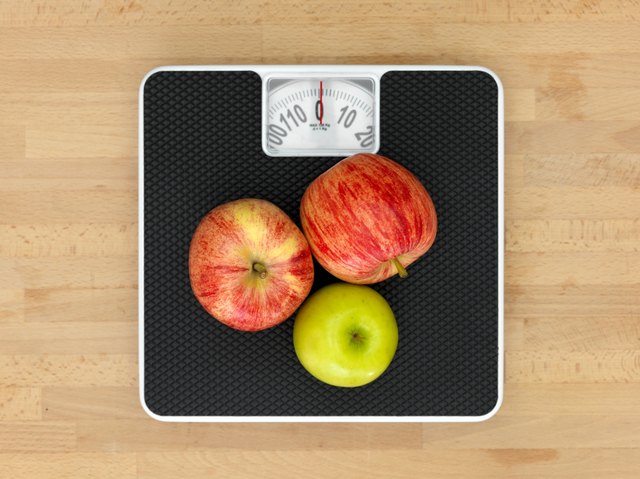
Many people wonder if there are such things as processed foods that are healthy. Some processed foods are healthy and safe. Many foods are processed in order to reduce their cost and make them easier to prepare. Others are fortified with essential nutrients. Freezing fruits and veggies retains most of their natural nutrients. They can be prepared quickly and stored conveniently. However, you should be aware that some types of processed foods are not good for you.
It is easy to eat too many processed foods. They are delicious and highly digestible because of their high-quality ingredients. They are also inexpensive and have a long shelf-life, making them easy to store. What are the health and nutritional benefits of processed food? Here are some of these most commonly used ones. You should remember that not all processed foods have to be unhealthy. They can be extremely convenient, but they can also pose a risk to your overall health.

Truth is that there are both highly processed foods and less processed foods. These foods can contain high amounts of sodium, sugar, fat, as well as other chemicals that could be dangerous for you. They can also contribute to weight gain and diabetes. This is why many health professionals believe it is better to choose foods that are minimally processed. These foods are best for your health. Avoid foods that have long ingredient lists if you want to get the most out of these foods. Instead, cook your own meals.
The minimally processed are some of most nutritious and popular processed foods. These foods include whole-grain breads and low-fat milk. These products can be vacuum packed, which is healthier than fresh-cut fruits and vegetables, and it lasts longer. This category covers most fruits, vegetables, and you can still enjoy all the great benefits of fresh food with no guilt.
These foods may not appeal to you if they are too bland. Both canned and frozen foods can be healthy. If you have a preference for certain foods, avoid canned and frozen products. These are prone to becoming moldy, so they are not the best choice for your diet. Besides, these types of foods don't taste very well when cooked.

The term "processed food" refers to foods that have been modified before they can be eaten. These foods include processed breakfast cereals and other processed food. These foods are high in sugar, sodium, and fat. Some of these foods are healthier and can be considered healthy choices. If you have a limited budget, it is advisable to avoid them in small quantities. You can purchase fresh fruits or vegetable products from your local grocery store. These fruits, and vegetables can also be processed.
FAQ
Which lifestyle is best for your health?
Living a healthy lifestyle is one that encourages you to eat well, exercise regularly, get enough sleep, and avoids stress. These are the keys to a healthy and long-lasting life.
Start small by changing your diet and exercising routine. If you're looking to lose weight, walk for 30 minutes each morning. For more activity, you can try swimming or dancing. A Fitbit or Strava online program that tracks your activity can be joined.
What's the difference between a calorie and kilocalorie?
Calories measure the energy content of food. Calories is the unit of measurement. One calorie is equal to one degree Celsius in energy.
Kilocalories refer to calories in another term. Kilocalories are expressed in thousandths (or a calorie). 1000 calories, for example, equals one kilocalorie.
How do I get enough vitamins for my body?
The majority of your daily needs can be met through diet alone. Supplements may be necessary if you are not getting enough of a particular vitamin. A multivitamin supplement can provide all the vitamins you require. You can also buy individual vitamins at your local pharmacy.
Talk to your doctor to find out which foods are rich in vitamins. For example, dark green leafy vegetables such as spinach, broccoli, kale, collard greens, turnip greens, mustard greens, bok choy, romaine lettuce, arugula, and Swiss chard are rich in vitamins K and E. Other good sources include oranges, tomatoes, strawberries, cantaloupe, carrots, sweet potatoes, pumpkin, and squash.
Ask your doctor if there is any doubt about how much vitamin you should be taking. Your medical history and current health will help you determine the best dosage.
Supplements and herbs can improve immunity
It is possible to boost immune function by using herbs and natural remedies. There are many natural remedies that can boost immunity, including echinacea (oregano), ginger, ginkgo biloba and vitamin C.
However, these herbal remedies should not replace conventional medical treatment. Side effects include nausea, diarrhea and stomach cramps, headaches and dizziness.
Statistics
- The Dietary Guidelines for Americans recommend keeping added sugar intake below 10% of your daily calorie intake, while the World Health Organization recommends slashing added sugars to 5% or less of your daily calories for optimal health (59Trusted (healthline.com)
- WHO recommends reducing saturated fats to less than 10% of total energy intake; reducing trans-fats to less than 1% of total energy intake; and replacing both saturated fats and trans-fats to unsaturated fats. (who.int)
- According to the 2020 Dietary Guidelines for Americans, a balanced diet high in fruits and vegetables, lean protein, low-fat dairy and whole grains is needed for optimal energy. (mayoclinichealthsystem.org)
- Extra virgin olive oil may benefit heart health, as people who consume it have a lower risk for dying from heart attacks and strokes according to some evidence (57Trusted Source (healthline.com)
External Links
How To
What does the meaning of "vitamin?"
Vitamins can be described as organic compounds found in food. Vitamins are necessary for us to absorb nutrients in the foods we consume. Vitamins cannot come from the body so food must provide them.
There are two types vitamins: water soluble or fat soluble. Water-soluble vitamins dissolve easily when they are dissolved in water. Some examples include vitamin C,B1 and B2 vitamins (thiamine), B2 and riboflavin, B3 and B6 vitamins (niacin), folic acids, biotin, pantothenic acids, and cholesterol. The liver and fatty tissues are home to fat-soluble vitamins. Examples include vitamin D, E, K, A, and beta carotene.
Vitamins are classified according their biological activity. There are eight major groups of vitamins:
-
A - essential for normal growth and maintenance of health.
-
C is important for nerve function and energy production.
-
D - essential for healthy bones, teeth, and gums.
-
E - Required for good vision & reproduction
-
K – Required for healthy nerves & muscles.
-
P - essential for strong bones, teeth and tendons
-
Q - aids digestion and absorption of iron.
-
R - necessary for making red blood cells.
The recommended daily allowance (RDA), for vitamins, varies depending upon age, gender, or physical condition. The U.S. Food and Drug Administration (FDA) sets the RDA values.
For adults aged 19 and older, the RDA for vitamin B is 400 micrograms daily. For fetal development, pregnant women need 600 mg per day. Children ages 1-8 require 900 micrograms per day. Infants under one year of age require 700 micrograms per day, but this amount decreases to 500 micrograms per day between 9 months and 12 months of age.
Children between the ages of 1-18 need 800 micrograms per daily for obesity, while children overweight require 1000 micrograms. Children underweight or obese will need 1200 mg per day.
Children aged 4-8 years old who have been diagnosed as having anemia require 2200 micrograms of vitamin C per day.
2000 micrograms is the minimum daily intake for adults over 50 years old to maintain good health. Breastfeeding or pregnant women require 3000 micrograms per daily due to higher nutrient demands.
1500 micrograms are required daily by adults over 70 because they lose approximately 10% of their muscle each decade.
Women who have been pregnant or are lactating require more than the RDA. Pregnant mothers need 4000 micrograms per daily during pregnancy and 2500 after giving birth. Breastfeeding moms need 5000 micrograms each day when breastmilk production occurs.